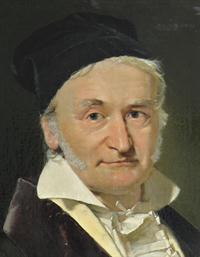
PUMPA - SMART LEARNING
எங்கள் ஆசிரியர்களுடன் 1-ஆன்-1 ஆலோசனை நேரத்தைப் பெறுங்கள். டாப்பர் ஆவதற்கு நாங்கள் பயிற்சி அளிப்போம்
Book Free DemoThe idea of modular arithmetic was proposed by Carl Fredrick Gauss, a German mathematician called the "Prince of Mathematicians".  |
The process of wrapping around numbers when a certain value is attained is called
modular arithmetic.
The best example to explain the concept is the clock.

The clock shows the time for 24 hours using only 12 numbers, 1, 2, 3,..., 11 and 12. After 12, we use 1 again for 13 hours, 2 for 14 hours and so on. Here, the numbers are wrapped again from 1 to 12 to represent 13 to 24 hours. This way of again wrapping the numbers after a certain value is called modular arithmetic.
Reference:
Image source: https://commons.wikimedia.org/wiki/File:Carl_Friedrich_Gauss_1840_by_Jensen.jpg